Inspections Track Software For Oil and Gas Inspection Industry
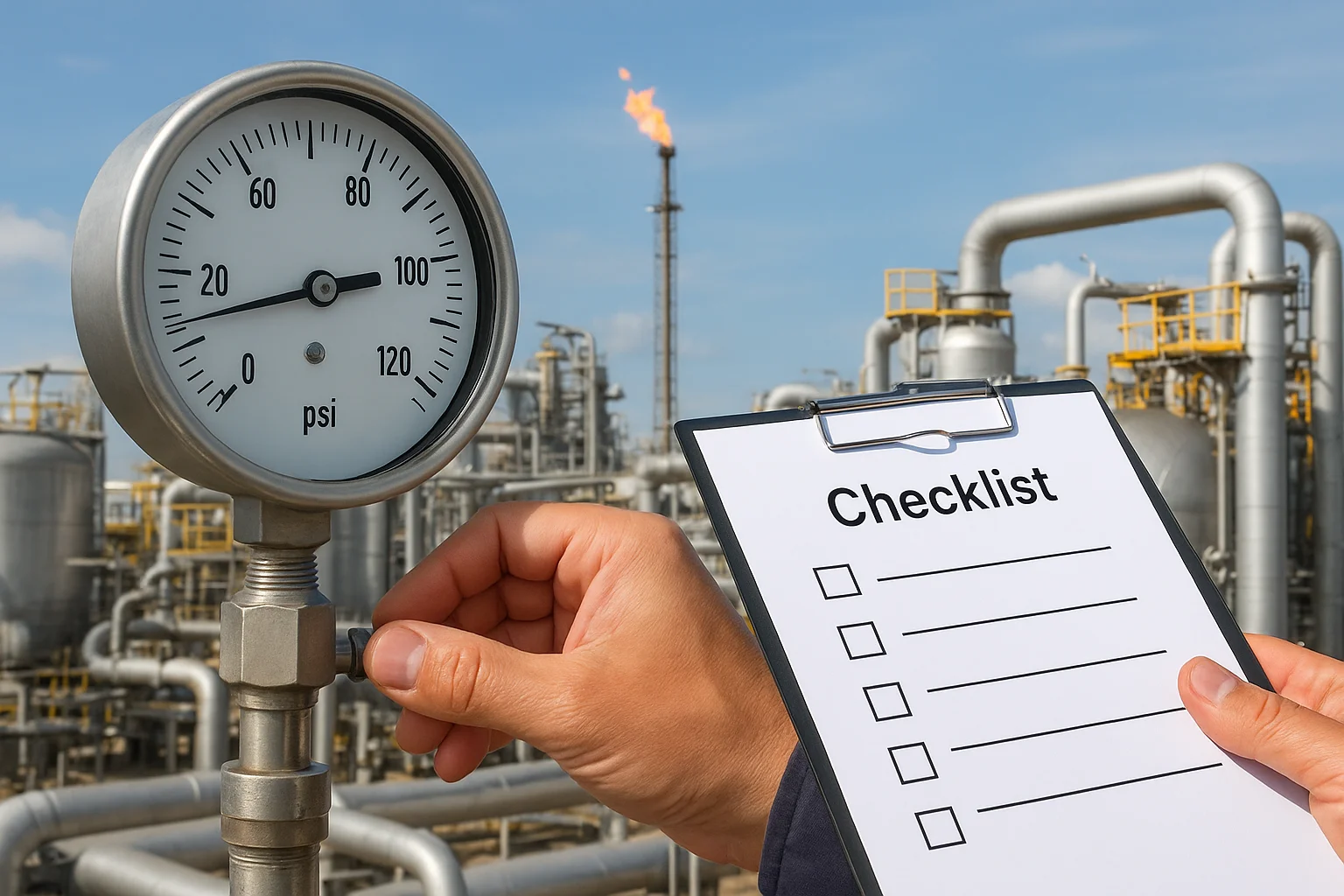
In the oil and gas industry, precision and accuracy are not optional—they are vital. Every instrument, from sensors to gauges, plays a key role in maintaining safety, reliability, and operational efficiency. Among these, pressure gauges are one of the most critical tools. However, their readings are only as reliable as their calibration.
This Pressure Gauge Calibration Checklist provides a complete, step-by-step guide to ensure that your gauges perform accurately every time. Plus, we’ll explore how Inspections Track Software simplifies this process for inspection teams across the oil and gas sector.
Pressure gauges measure fluid or gas pressure in pipelines, tanks, and vessels. Over time, factors like vibration, temperature changes, and wear can cause drift in readings. Without regular calibration, even minor inaccuracies can lead to:
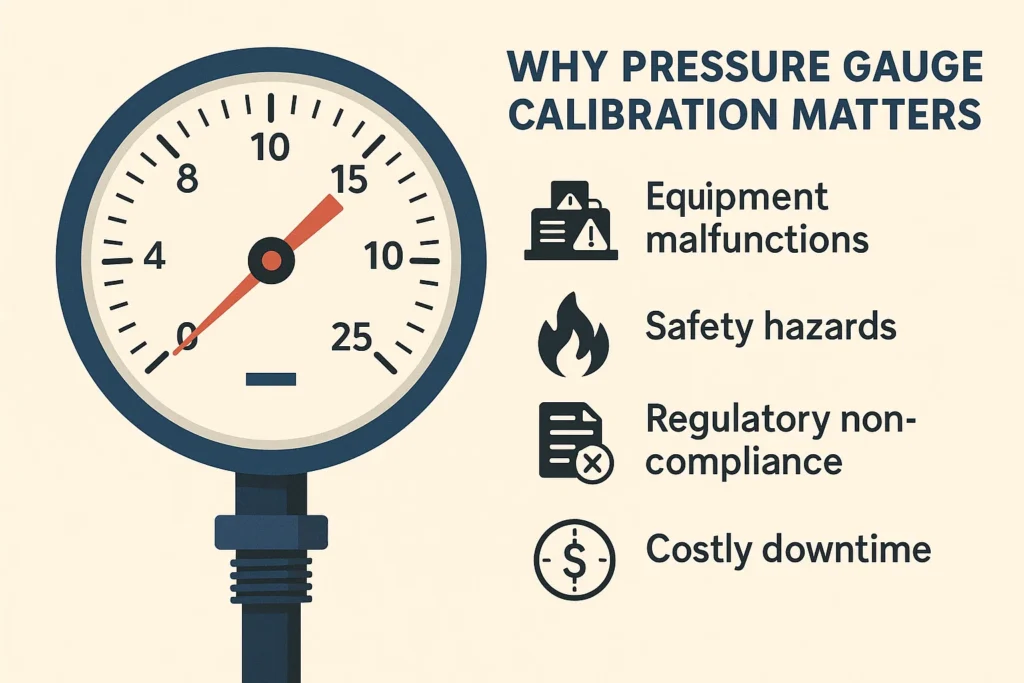
That’s why calibration is essential for operational integrity and maintaining compliance with industry standards.
Let’s walk through a structured calibration process to ensure accurate pressure readings and efficient maintenance routines.
Before starting calibration, prepare your workspace and gather essential tools.
Checklist:
💡 Tip: Use digital forms in Inspections Track Software to log these details automatically.
Ensure the gauge needle rests at zero when no pressure is applied.
Procedure:
This step ensures there’s no baseline offset before applying test pressure.
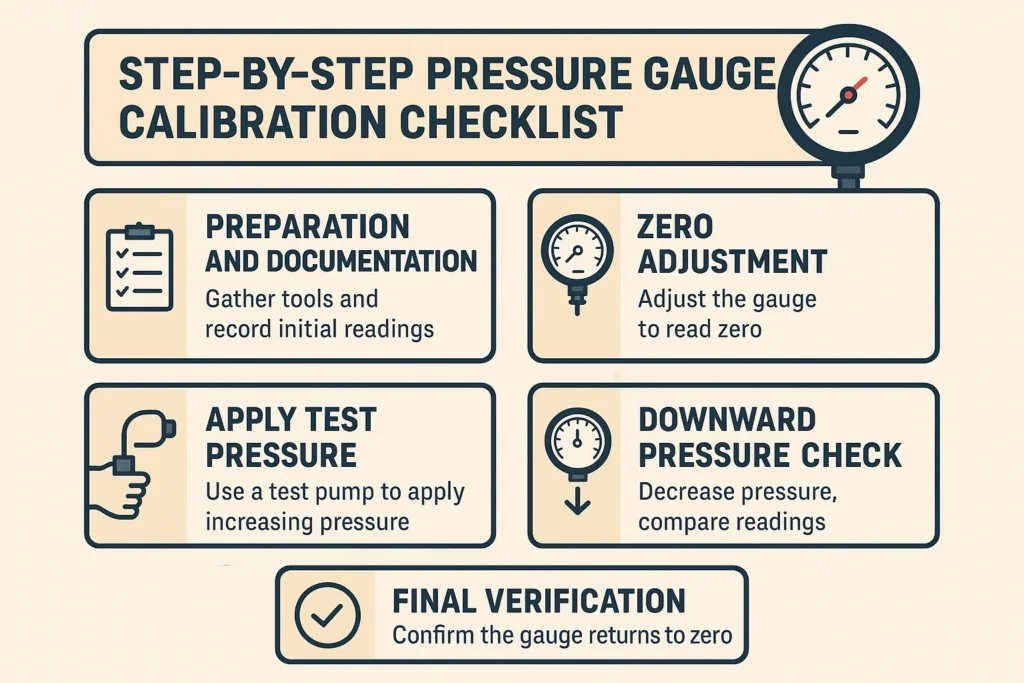
Apply pressure gradually in increments (e.g., 25%, 50%, 75%, 100%) of the gauge’s full-scale value.
| Test Point | Applied Pressure (psi) | Gauge Reading (psi) | Error (%) |
|---|---|---|---|
| 25% FS | 250 | 252 | +0.8% |
| 50% FS | 500 | 495 | -1.0% |
| 75% FS | 750 | 748 | -0.3% |
| 100% FS | 1000 | 999 | -0.1% |
Acceptable Tolerance: ±1% of full-scale reading for most industrial gauges.
If the readings exceed this limit, the gauge requires recalibration or repair.
After reaching full scale, reduce pressure gradually and record readings in reverse order.
This checks for hysteresis error—the difference between increasing and decreasing pressure readings.
Tip:
Inspections Track Software automatically calculates and logs both upward and downward reading errors, reducing human error in reporting.
With Inspections Track Software, calibration reports are auto-generated with digital signatures, timestamps, and cloud-based storage—ensuring traceability and compliance.
To achieve consistent and reliable results, follow these expert-recommended practices:
Inspections Track Software is designed for the oil and gas inspection industry, offering complete digital solutions for calibration and maintenance processes.
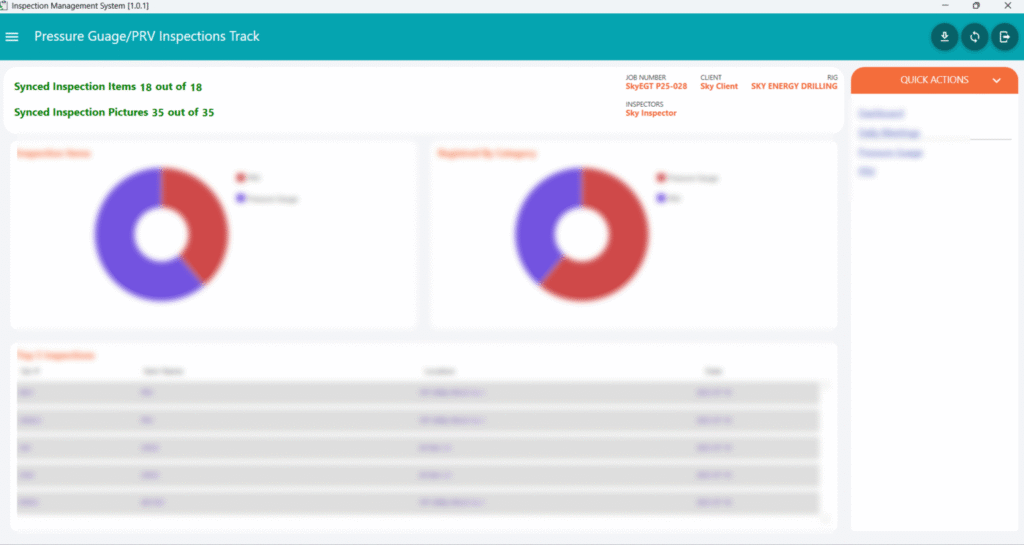
By automating your Pressure Gauge Calibration Checklist, you can reduce downtime, improve accuracy, and ensure total compliance—all from one platform.
Pressure gauge calibration is a small step that makes a huge difference in safety, performance, and compliance. A systematic approach—combined with powerful tools like Inspections Track Software—ensures that your equipment always delivers accurate results.
Start your digital calibration journey today.
Discover how Inspections Track can optimize your inspection workflows and guarantee precision across every gauge and instrument.
Read more : digital thickness gauge for buried pipe
Pressure gauges should typically be calibrated every 6 to 12 months, depending on usage, environmental conditions, and industry standards. Frequent use or harsh conditions may require more regular calibration.
Most industrial gauges have an acceptable tolerance of ±1% of the full-scale reading. However, critical applications may require tighter accuracy levels.
Yes. Using Inspections Track Software, calibration records can be stored, tracked, and accessed digitally with real-time reporting and cloud-based certificates.
Calibration ensures accurate pressure readings, which are vital for maintaining safety, compliance, and operational efficiency in oil and gas operations.
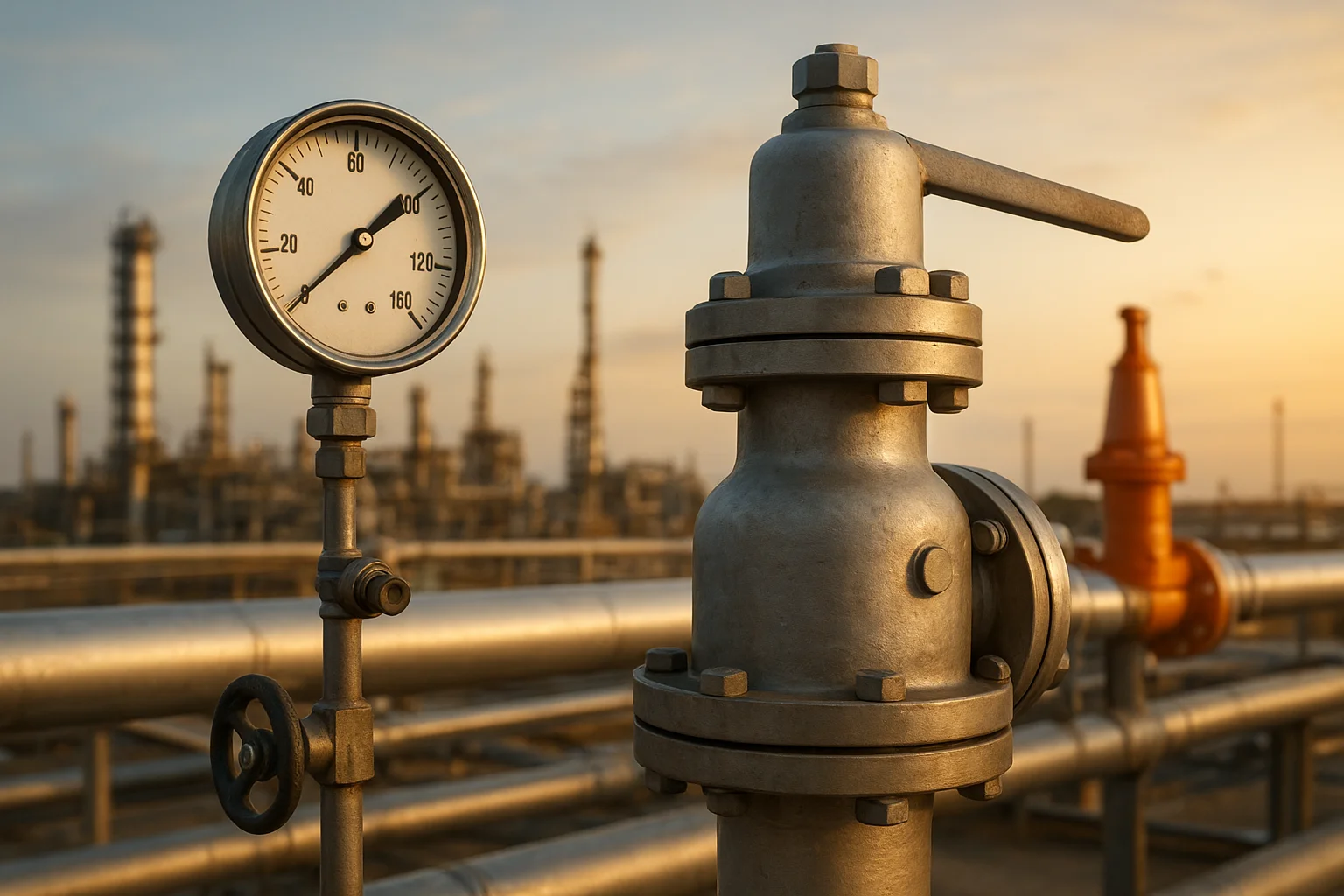
Safety in the oil and gas industry depends heavily on reliable equipment, and Pressure Relief Valves (PRVs) are one of the most important safeguards. When PRV inspections are carried out properly, facilities can prevent costly…
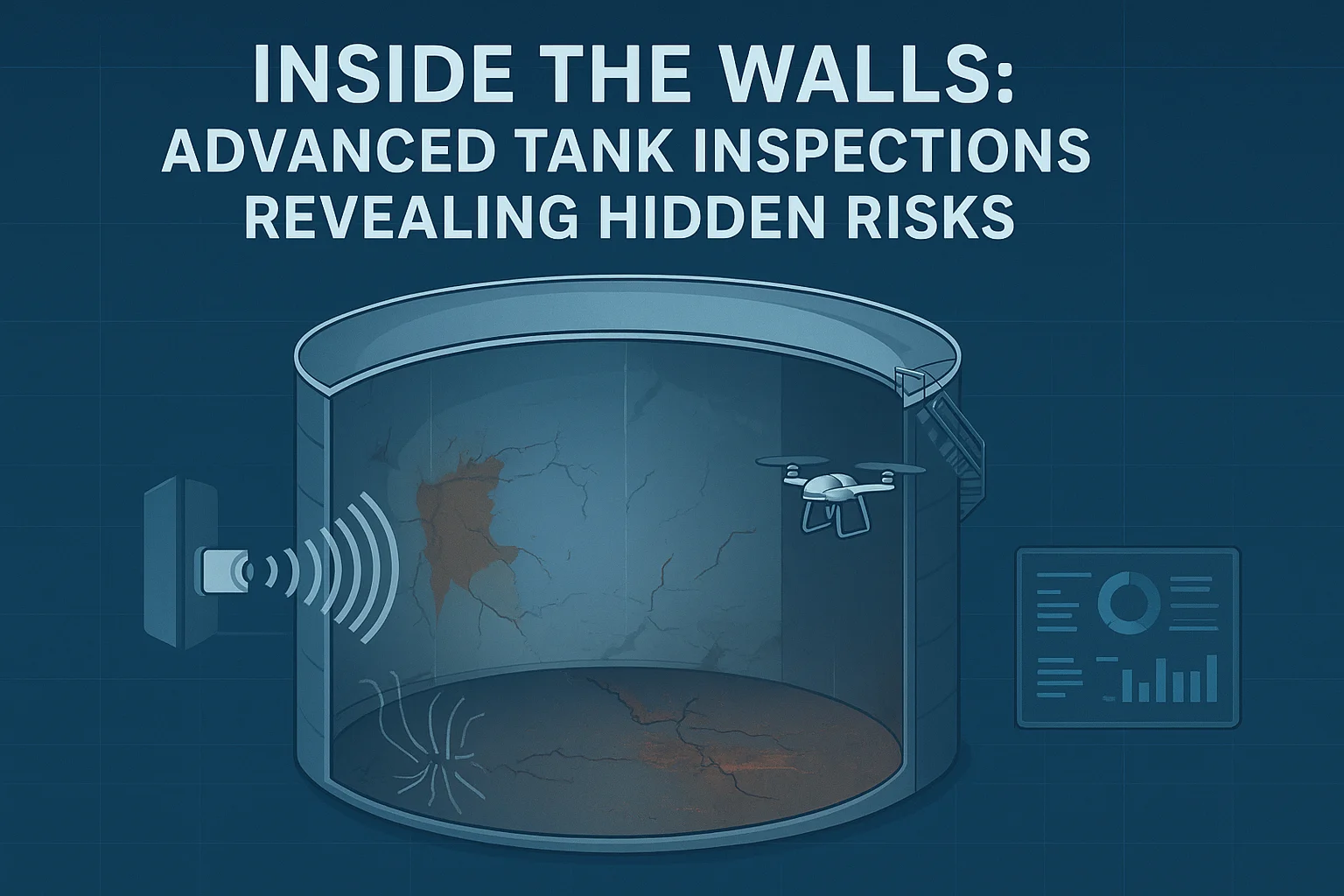
Storage tanks are the silent workhorses of the oil and gas industry. They operate around the clock, holding vast quantities of crude, refined products, and chemicals. Yet, many risks stay hidden—literally inside the tank walls….
SkySoft Connections provides quality IT services around the globe. Our services begin with experience and end with dedication, ensuring innovation and reliability
© Copyrights, 2024 All Rights Reserved Skysoftconnections
Contact us
Get notified about new articles
Comments (2)
Scheduled Maintenance vs Condition-Based Monitoring - inspectiontrack
Oct 29, 2025[…] Readmore : pressure gauge calibration checklist […]
PRV inspection and maintenance : Is Your PRV Ready? - inspectiontrack
Oct 30, 2025[…] Read more : pressure gauge calibration checklist […]
Comments are closed.